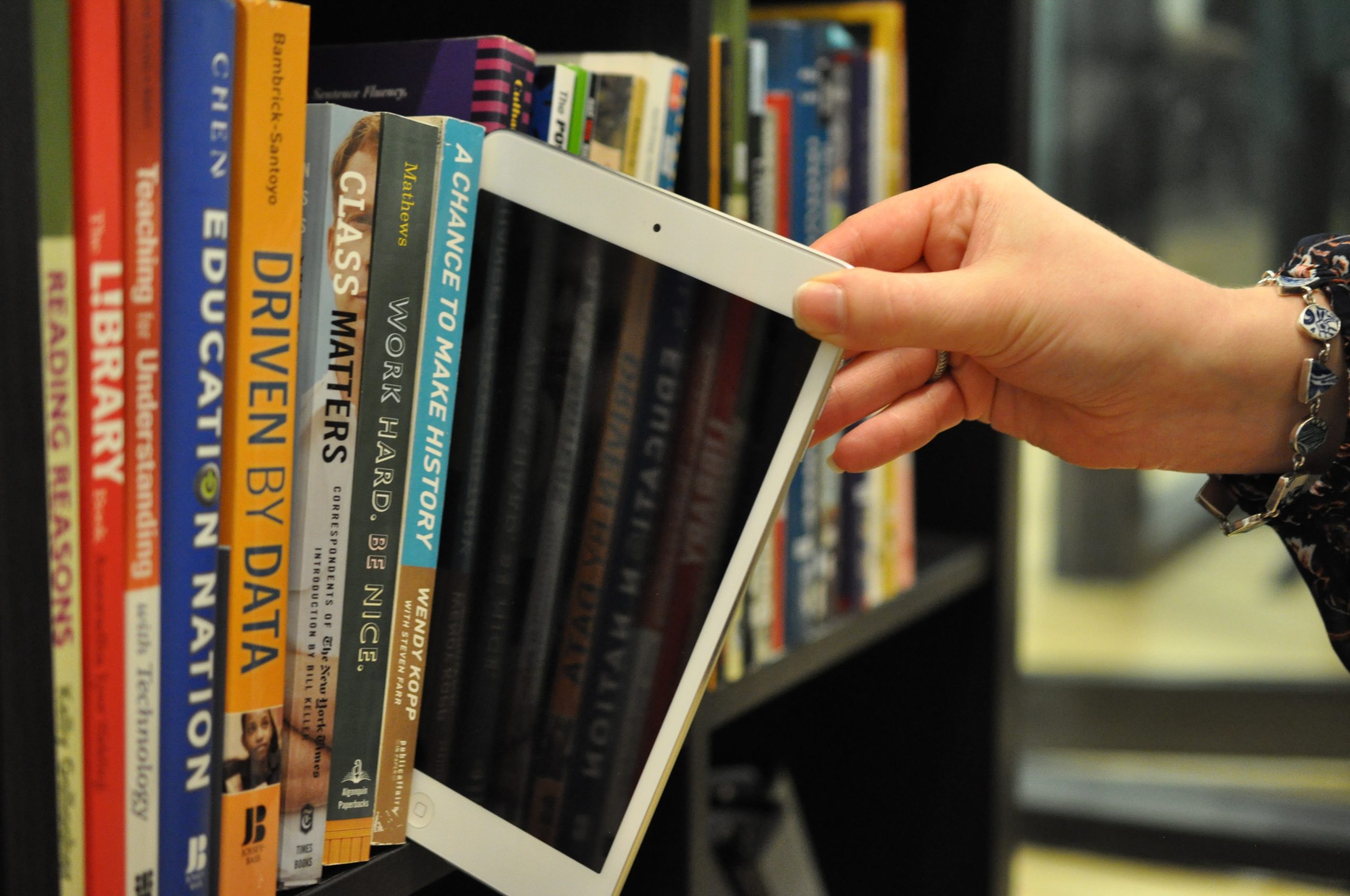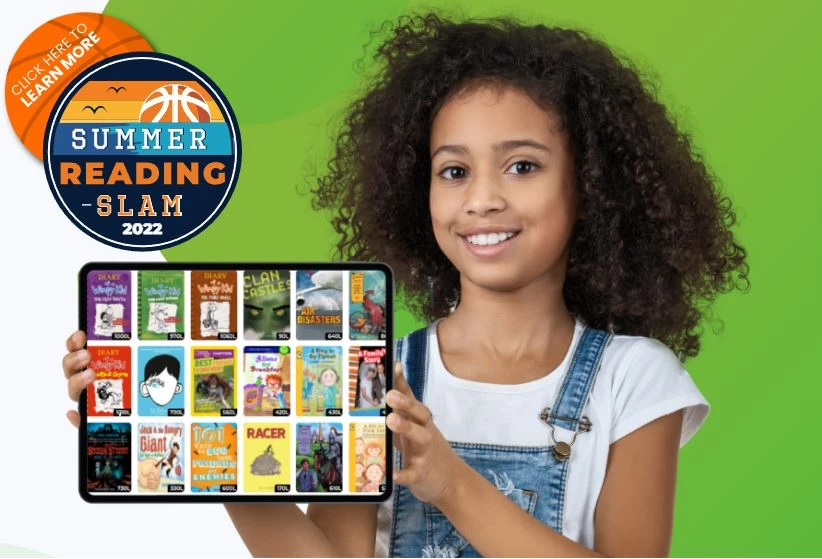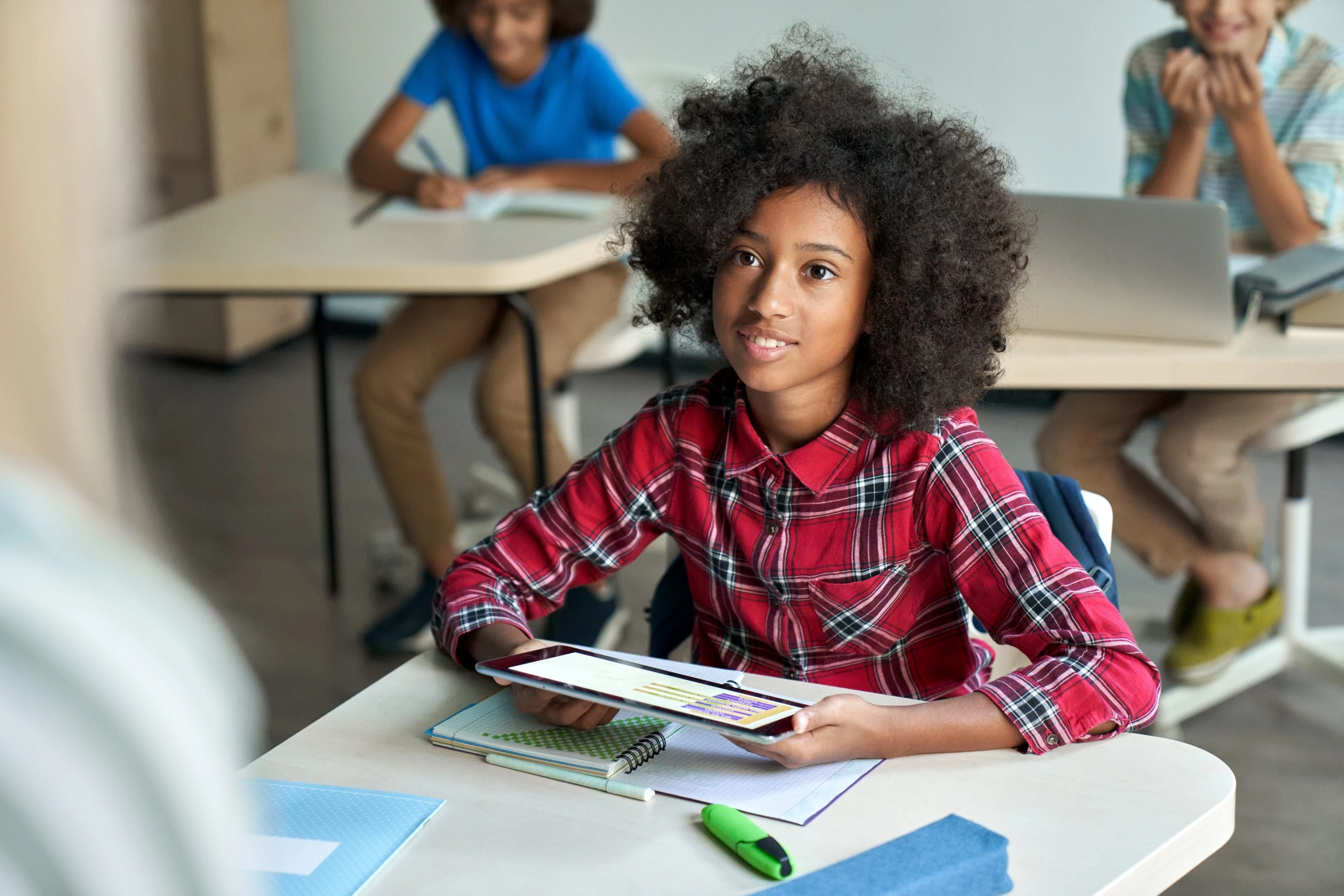
As a teacher, literacy specialist, and school leader who went into ed tech, I often find that I am straddling two worlds.
On one hand (foot?), I believe that well-designed education technology has the power to accelerate student achievement – I see those improved outcomes every day, so of course I am a believer! On the other, I’m sometimes sympathetic with critics of ed tech. I share the concerns of those who worry about bringing technology into classrooms “for technology’s sake” – I’m still a teacher at heart, and I believe that tools must complement and enhance the pedagogy that will achieve the overall goal of improved student outcomes.
LightSail has won numerous awards for innovation. Yet recently, a district leader observed that LightSail was “very traditional” in its instructional design – she meant it, and I took it, as a huge compliment! I’m very proud to have helped create a product that is, in many ways, steeped in “old-school literacy.” In other words, it was built around what worked to develop strong readers since I was a teacher (and for that matter, since the days of brick schoolhouses).
Traditional literacy practices that help students grow:
- Access: No matter the students’ age, ability, gender, ethnicity or interests there must be multiple texts to grab that reader and ignite excitement, delight and a passion to READ.
- Feedback: Students need to know their areas of strength and their areas of struggle as readers. Providing them with feedback as they engage in the act of reading helps them improve their performance in the context of the work, making learning sticky and more meaningful. [1]
- Ongoing assessment: Ongoing multiple-measures assessments provide teachers with lots of information about student literacy performance. Reading comprehension is a multifaceted beast and it’s important to be able to have a pulse on the many layers of student understanding and then where they’re excelling versus where they’re getting stuck and in need of support.
Yet the thing about technology that I appreciate is its ability to take best practices and put them on steroids. With technology, the above old-school literacy tricks become more efficient for teachers and more engaging for students.
Digital enhancements that support teachers and motivate students:
- Personalized libraries with access to tons of great texts:It’s not enough to create a book flood of enticing titles. The library needs to be fully adaptive and personalized. The library needs to grow with the reader so that she is always introduced to and engaging with titles that are in her zone of proximal development. These appropriately complex texts help students seamlessly move up that staircase of text complexity without forcing the teacher to be the gatekeeper to access. [2]
- Instantaneous feedback: Gone are the days of the reading response journal, the post-it notes that are impossible to collect and read, and the guessing game of who gets it and who doesn’t. With digital reading platforms, students annotate in their texts and teachers see those annotations immediately and can respond to them instant-message style. Every student receives timely, targeted feedback. What’s more, when students read on LightSail, their Lexile measures are routinely updated in every reading session based on student performance on in-text assessments. Students see their progress as they grow, which they LOVE. I’ve watched students doing “fist pumps” and joyfully whispering, “YESSSS!” when they see their Lexile measure improve.
- Ongoing assessment with real-time data and instructional supports: Multiple measures formative assessments are great, but teachers need ways to quickly and easily make meaning of the myriad data. With technology like LightSail, teachers have detailed data dashboards, allowing them to easily see which students are struggling based on reading behaviors and assessment performance. With technology, they can intervene before it’s too late. In-app instructional supports give teachers a toolbox of tricks so they don’t lose precious instructional time figuring out how to support students.
[1] Dweck, Carol (2015) Carol Dweck Revisits the ‘Growth Mindset.’ Education Week. Retrieved from:
http://www.edweek.org/ew/articles/2015/09/23/carol-dweck-revisits-the-growth-mindset.html
[2] McLeod, S. (2010). Zone of proximal development. Simply Psychology. Retrieved from: http://www.simplypsychology.org/Zone-of-Proximal-Development.html.
Posted on 1.Jan.16 in Literacy Strategies




